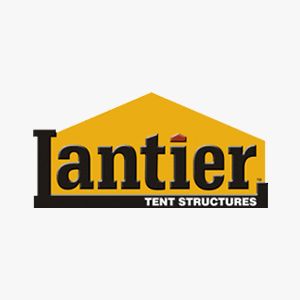Public Health Emergency Tent ServicesPosted by Lantier Tent Structures on December 21st, 2020 When it comes to public health and safety, the phrase "public health emergency" is used to describe situations that are caused by an influx of pathogens into the community, with the use of a large body of people (a population) or relying on a lack of information for infection transmission. An example of a public health emergency can be an outbreak of some disease or bacteria or the widespread distribution of a highly contagious agent like a virus. A health crisis can also occur when an animal becomes infected with a disease. When an animal is infected with a disease, there is an immediate concern about reducing the impact of the epidemic, because if no one contacts the disease and others do not, the death rate can quickly rise. In the United States, there are specific federal programs and resources designed to assist state and local health departments in the implementation of Public Health Emergency Strategies. These plans are put into place in order to provide support to health departments in the implementation of response activities and in managing outbreaks, and also to assist with managing resources during and after the event. The Federal Emergency Management Agency (FEMA) provides grants to support public health emergency management through the National Health Services Emergency Preparedness (NHEAP) program. Since the outbreak of HIV/AIDS, for example, AIDS Emergency Centers have been established as a result of NHEAP funding. Through NHEAP, AIDS Emergency Centers provide a comprehensive array of health care services to those in need, and are a lifeline for persons labeled as HIV-positive or HIV-infected. The Public Health Service Act is the primary vehicle for the administration of NHEAP. However, the department also has designated representatives throughout the country to coordinate its activities. For major emergencies, the Secretary of Health and Human Services is responsible for determining the scope of the public health emergency and providing support through the Federal Coordinating Council for Health Information Technology (HCIT) and National Clearinghouse for Health Information Technology (NCIT). At the state and local level, the Department of Health and Human Services has primary authority but relies on the coordination teams of state and local health departments to implement the federal response. For minor outbreaks, the states are responsible for their own response but coordinate with the federal response. We have discussed the many use differences between tent structures and fabric structures that affect how, where, and how long they are in use. Tent structures tend to be best for short term use. Because of their structural design, tents may not be able to handle the stresses of different site conditions. If the shelter or workspace is needed longer term, months, or years, then a tent may be inappropriate for that application. Because of their highly engineered structural integrity and durable materials, tension fabric structures are better suited to long-term or more demanding situations. Large fabric buildings serve many purposes, from events to industrial project site applications. Not all fabric structures are alike, of course. Many people see a fabric building and call it a “tent”. Turns out, not all fabric buildings are tents. In fact, there are some key differences between types of fabric structures that are vitally important to the application and the users of the structure. Let’s take a look at the structural differences between traditional tents and tension fabric structures. Like it? Share it!More by this author |


